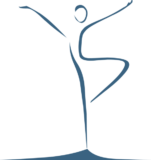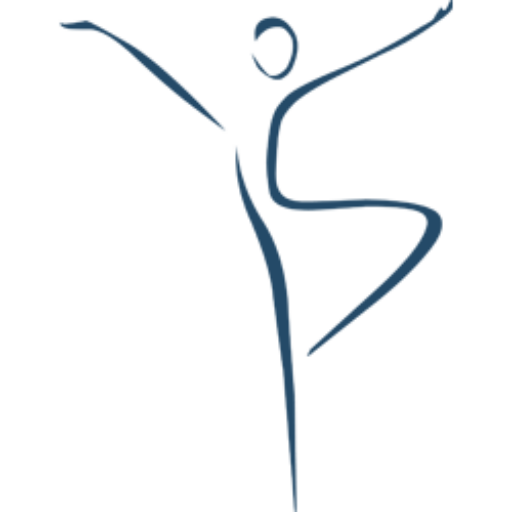
“There is only one way of saying what the work is and what we are doing.”
“We are giving nature her opportunity.”
“This is a definition allowing for change and growth”
F.M. Alexander
Who was F.M. Alexander?
Born in Tasmania in 1869, Alexander was a performer of Shakespearean recitations from an early age. After being quite successful with this and wanting to make it his profession, he developed problems with his voice, becoming hoarse to the point of losing his voice completely. No doctor and no healing method had any lasting success. Faced with this threat to his artistic future, he decided to investigate the matter himself. At the beginning of this path there was meticulous and systematic self-analysis with the help of mirrors. Through many iterations of trial and error, he found, among other things, fundamental connections between his head-neck relationship and overall body coordination.
Finally, he not only freed himself from his health problems, but also developed a “method for holistic training and reorientation of movement and action patterns”*.
F. M. Alexander gave lessons in Australia, London and the USA. Famous personalities such as Bernhard Shaw, Aldous Huxley and John Dewey were among his students.
He wrote four books, the best known of which, The Use of the Self, describes his method very thoroughly. From about 1930 he taught others to pass on his method as a teacher.
FM Alexander himself used the term “technique” late: For him it was mostly just “the work”
What is the Alexander Technique?
“There is no such thing as a right position, but there is such a thing as a right direction”
F.M. Alexander

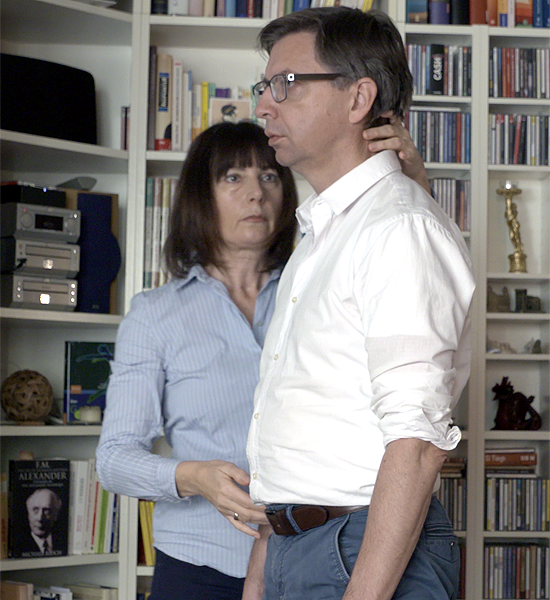
What is the Alexander Technique?
People often come to the Alexander Technique because they have a problem with their body. For example, tension in the neck, shoulders and back, pain in the knees or hips. The elbow or ankle no longer allow certain movements without pain, or the voice fails and breathing becomes difficult. You have already tried a lot and nothing has helped in the long term so far.
To avoid misunderstandings: The Alexander Technique is neither a sport nor a medical-therapeutic treatment.
It’s a teaching method that shows you a way, to use your body again in the way, that evolution has so perfectly shaped it over millions of years. Unconsciously performed movements that lead to tension and pain are gradually replaced by consciously controlled movements which are performed with ease. For the Alexander Technique, the body is always in motion — even when sitting, standing and lying down, when singing, speaking and presenting. Muscles are moved just by breathing.
In class, you first learn to pause and become aware of the habitual, unfavorable movement patterns you have memorized; you then eventually learn how you can perform them better or change them. It is a matter of deciding what force is required and what mechanical advantages our body offers in order to perform the movement with the greatest possible ease and balance.
Alexander himself experienced and described how much our own feelings can deceive us. The familiar feels right even though it harms to the body and the new feels wrong even though it’s anatomically correct. The Alexander Technique teacher is especially important as a reference at the beginning. In the lessons you will learn self-help skills so that you can increasingly integrate the Alexander Technique into your everyday life.


Habits and change
“People do not decide their future, they decide their habits and their habits decide their future”
F.M. Alexander
Habits & change
Some habits make everyday life easier; others are annoying or harmful and lead to tension in the neck and shoulders as well as joint or back pain.

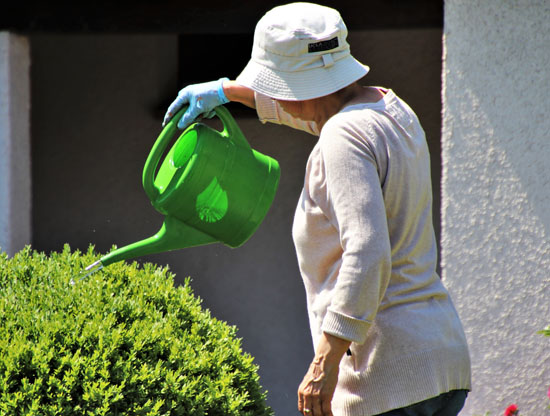

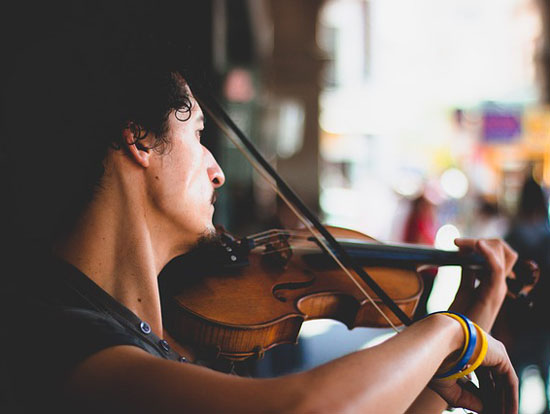
Humans are creatures of habits, and it is very difficult for them to change habits, even if the knowledge and the firm will exist. Habits lead to automatisms, and these enable our brain to free up cognitive resources that can then be used for other purposes. In principle, habits can be something very useful. But…
When we sit in front of the PC or surf the Internet on our mobile phones, when we play an instrument or football, vacuum clean or cook, we often take an unfavorable “posture” that is harmful to our musculoskeletal system, we often use the wrong muscles and turn more force than necessary and are not aware of our (movement) habits.
Only when physical symptoms such as back, hip or knee pain, tension in the shoulders and neck occur, do we realize that something is wrong in our body.
Different regions in the brain are responsible for habits (evolutionarily older basal ganglia) and actions that a person deliberately thinks about (prefrontal cortex). When we repeatedly perform actions, the activity shifts accordingly in the brain. The good news is: The so-called neuroplasticity of the brain makes it possible to leave ingrained thought patterns and learn new things well into old age. Habits are stubborn, but change is possible. Our brain is prepared for it.
At the time of Alexander, modern neuroscience had not yet been invented, but in the course of his studies he came to the important realization that there is a key to changing habits. This lies in raising awareness of what you are doing (analysis) and the decision to stop what you are used to, to take back control of your own actions and to use the right means.
AT and science today
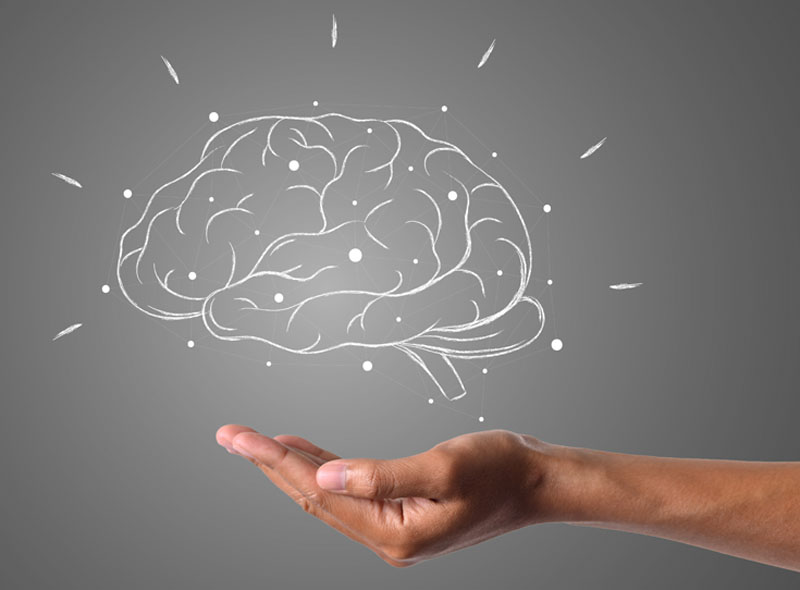
AT and science today
As F.M. Alexander began to find solutions to his own problem, he could only rely on his observations. Again and again, he derived knowledge only through self-experiments and self-observation. Later he observed and analyzed the behavior, attitudes, and movements of his numerous students very precisely, he gathered ideas from various scientific fields such as evolutionary biology, psychology, and neuroscience, drew conclusions from them and derived recommendations for his students.
In the end, he summarized all his observations and experiences into a philosophy of life, so to say. This philosophy is based on principles. According to Alexander the body forms a psycho-physical unit. Humans have the ability to impulse control, and they are capable of development and adaptation and can gain conscious control over their actions and thoughts. With that mind, human beings can unfold their potential.
There is one primary control that is essential to the proper use of the body. The mental instructions are as follows: the neck (neck muscles) is relaxed, the head goes forward and up, the spine lengthens, and the back widens. If this primary control is not working properly, many malfunctions / permanent damages to the body can result.

An important finding for Alexander was that thinking in relation to movement and of motion has a decisive influence on the way movements are carried out. At the time, he went so far as to claim that changing the way you think can even have a positive impact on the overall health of his students. He was strongly criticised for it.
At the time of Alexander there were no imaging techniques, no CT and no MRI. Today, neuroscientists and psychologists can use clinical tests, examinations, and studies to demonstrate the connection between thinking and the body and, conversely, the effect of posture on thinking.
Today, this connection is often referred to as embodiment. Alexander called it the psycho-physical unit. Alexander was firmly convinced that the civilized human being did not fully exploit his potential because, despite civilization and technical progress, he continued to act unconsciously and instinctively. Only by making the transition to conscious guidance and control can we adapt to the conditions of the present. In Chapter 1, “man’s supreme inheritance” he writes: “The physical, mental, and spiritual potentialities of the human being are greater than we have ever realized, greater than the human mind in its present evolutionary stage is capable of realizing. And the present world crisis surely furnishes us with sufficient evidence that the familiar processes we call civilization and education are not, alone, such as will enable us to come into that supreme inheritance which is the complete control of our own potentialities.”
If you are interested in deeper insights into the current state of science on the topics of thinking, body awareness and the Alexander Technique in science, you can read the following books, texts, and articles.
Further Reading
- Embodiment – die Wechselwirkung von Körper und Psyche verstehen und nutzen (Autoren: Maja Storch/Benita Cantieni/Gerald Hüther/Wolfgang Tschacher; 3 Aufl. 2017)
- Der Geist im Körper: Das Ich und sein Raum (Autoren: Sandra Blakeslee, Matthew Blakeslee; 2009)
- Evolve your Brain (Autor: Joe Dispenza, 2007)
- Alexander Technik – Ein Weg zum besseren Umgang mit sich selbst (Chris Stevens, 1989)
- Towards a Physiology of the F.M. Alexander Technique: a record of work in progress, STAT Books, London 1990, 1995 (Schrift von Chris Stevens)
- Collected writings on the Alexander technique (Prof. Frank Pierce Jones; 1998)
Studies
- Self-efficacy and embodiment associated with Alexander Technique lessons or with acupuncture sessions: A longitudinal qualitative sub-study within the ATLAS trial
https://www.sciencedirect.com/science/article/pii/S1744388118300951 - Hugh MacPherson, Helen Tilbrook, Stewart Richmond, Julia Woodman, Kathleen Ballard, et al.: 2015, Annals of Internal Medicine (Vol. 163, Nr 9, S. 653–662). https://www.aerzteblatt.de/nachrichten/64681/Akupunktur-und-Alexander-Technik-lindern-Nackenschmerzen-in-Vergleichsstudie
- Randomised controlled trial of Alexander technique lessons, exercise, and massage (ATEAM) for chronic and recurrent back pain
Prof. Paul Little et al, Primary Medical Care Group, Community Clinical Sciences Division, University of Southampton: 2008 (British Medical Journal)
https://www.bmj.com/content/337/bmj.a884 - Randomized controlled trial of the Alexander Technique for idiopathic Parkinson’s disease
P. Sissons, Peta Sissons Consultancy / C. Chalmers, Department of Statistics, London School of Economics:
https://pubmed.ncbi.nlm.nih.gov/12428818/ - Studie: Alexander-Technik erhöht die psychischen Selbststeuerungskompetenzen
http://www.gesundheitswirtschaft.info/gesundheit/alternative-heilmethoden/4631-studie-alexander-technik-erhoeht-die-psychischen-selbststeuerungs - Potential Mechanisms of the Alexander Technique: Toward a Comprehensive Neurophysiological Model (authors: By Timothy W. Cacciatore, Patrick M. Johnson, and Rajal G. Cohen, 2020)
https://www.alexandertechniquescience.com - Randomisierte, kontrollierte Studie zur Wirkung der F. M. Alexandertechnik bei chronischen Nackenschmerzen – eine Pilotstudie (Autorin: Mareike Schuth; Inaugural-Dissertation zur Erlangung des Doktorgrades der Medizin durch die Medizinische Fakultät der Universität Duisburg-Essen 2011)
https://d‑nb.info/1029288585/34
